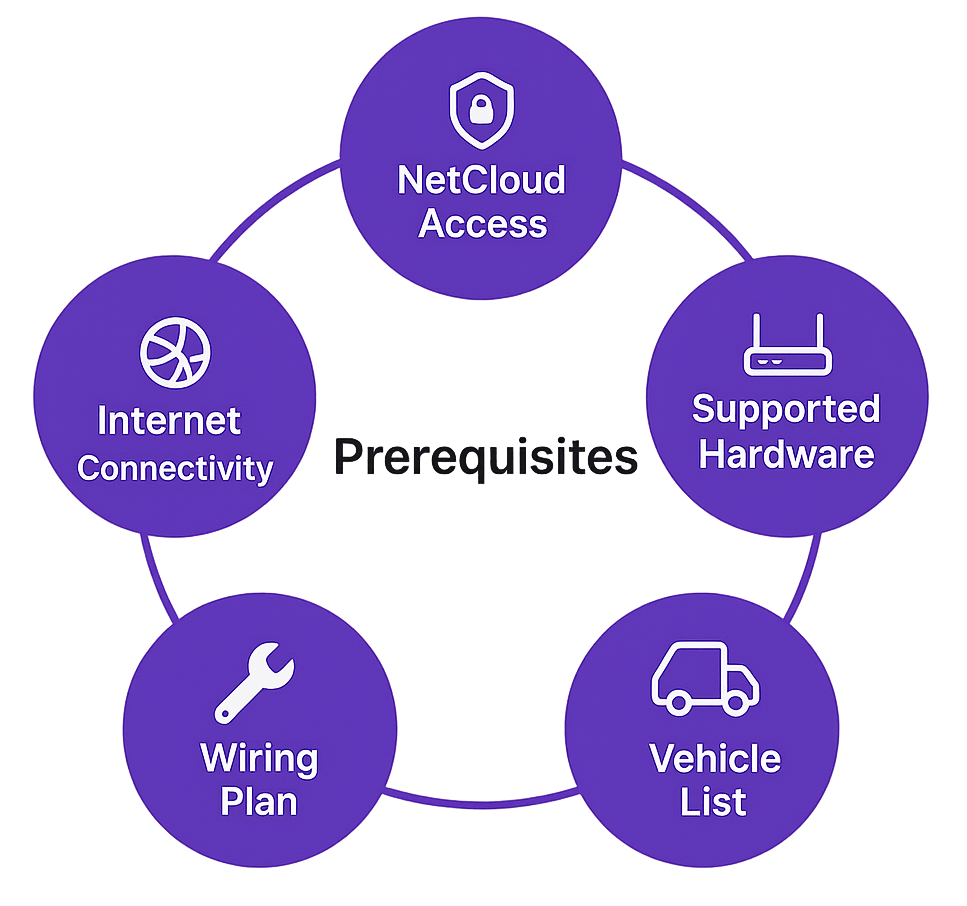Ericsson Cradlepoint provides a reliable and convenient way to enable Safety Cloud digital alerting in your fleet. Once connected, vehicles can automatically send hazard alerts to nearby drivers — and responder-to-responder (R2R) alerting is also supported.
This page introduces the six core activities required to set up a new Safety Cloud integration through Cradlepoint.
If you already have some pieces configured, you can jump directly to the step you need.
Six Steps to Activate Your Vehicles
- Add the HAAS Alert SDK Application file to NetCloud Manager
- Create a HAAS Alert group
- Assign the HAAS Alert SDK to the group
- Add the JSON configuration to the group
- Assign vehicles to the group
- Wire the vehicles (R1900, IBR1700, IBR900/600, R920, IBR1100, R980)
Optional Step: Configure Responder-to-Responder (R2R)
Use the links above to move through the setup at your own pace. Once all five steps are complete, your vehicles will be fully activated with Safety Cloud.
Before You Begin
Before getting started, make sure you have the following prerequisites in place.
 |
✉️ Can't find what you're looking for? Contact Us
